Are your Facebook campaign costs through the roof? Wondering how to reduce ad spend without sacrificing outcomes?
In this article, you'll discover how to identify holes in your marketing, specific tricks to reduce advertising costs, and key things to test to get more out of your budget.
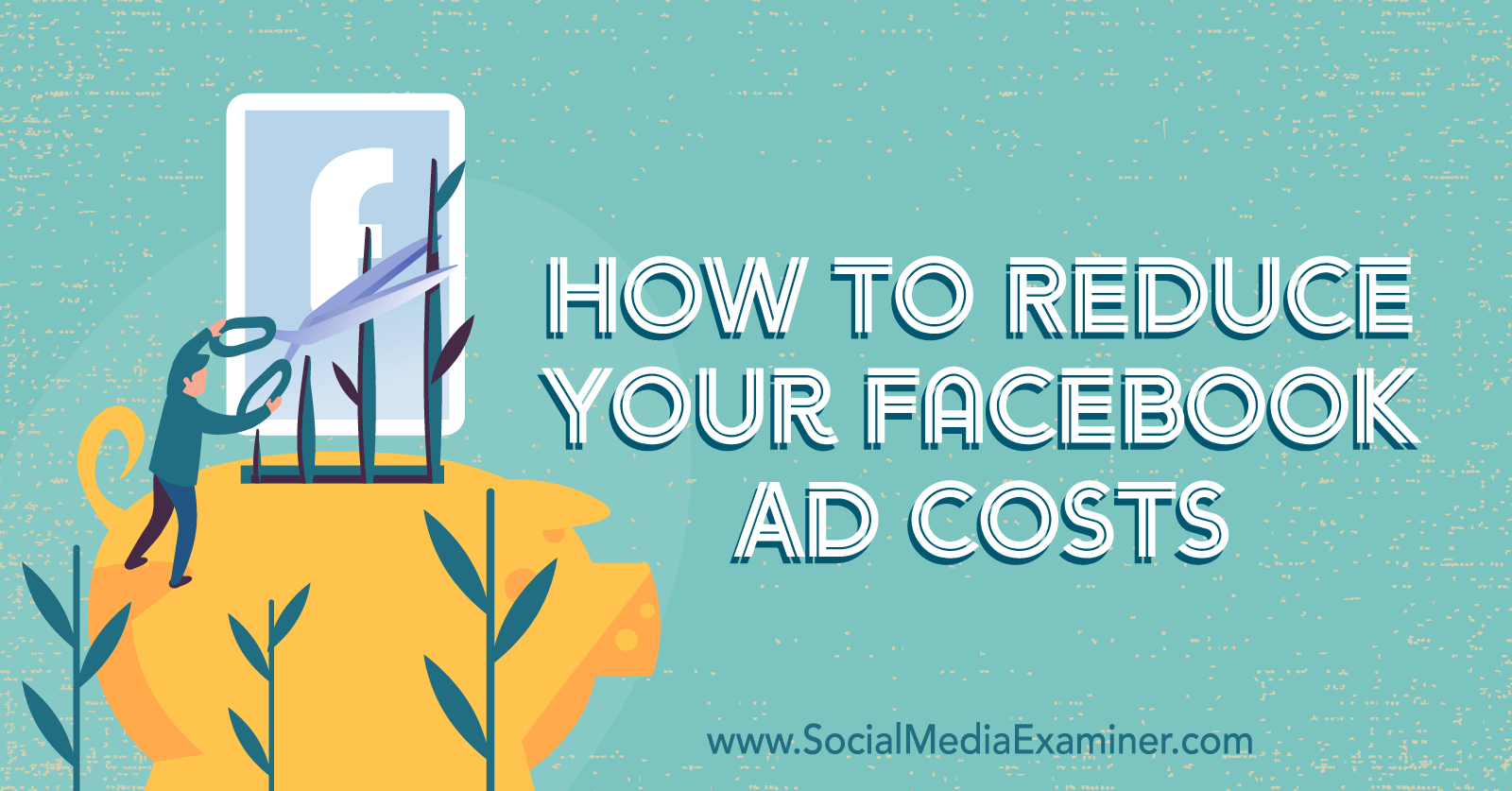
Why Businesses Should Still Consider Facebook Ads
Given rising costs and less ad targeting abilities, you might be wondering if Facebook ads should still be part of your strategy. The truth is, Facebook is still the largest social media platform with the most users worldwide, so there’s a good chance that the people you’re trying to market to use Facebook regularly enough for you to get in front of them.
We all know that a significant part of the rising ad costs is due to the many businesses hopping into Facebook ads. The more businesses start purchasing and scheduling ads, the higher the competition to get into a user’s feed and the higher those ad costs go.
And of course, just as with any competition, as the stakes get higher and the competition gets better, the need for brands to level up becomes stronger—better messaging, better visuals, higher-quality content. The elements that worked 3 or 4 years ago probably aren’t working today, and continuing to use them drives your ad costs up higher than they need to be.
Another reason ad costs continue to rise is the changing privacy laws that are affecting the data. As Facebook loses some of its data, it’s up to businesses to get creative and find replacement sources of data.
It’s important to note that Facebook lost access only to the data being tracked off Facebook—things that were being tracked by the pixel on your landing page or website, for example. Anything that happens on Facebook (such interactions with your page and content) is still tracked and kept by Facebook and much of it is still available for businesses to use for targeting and retargeting their ads.
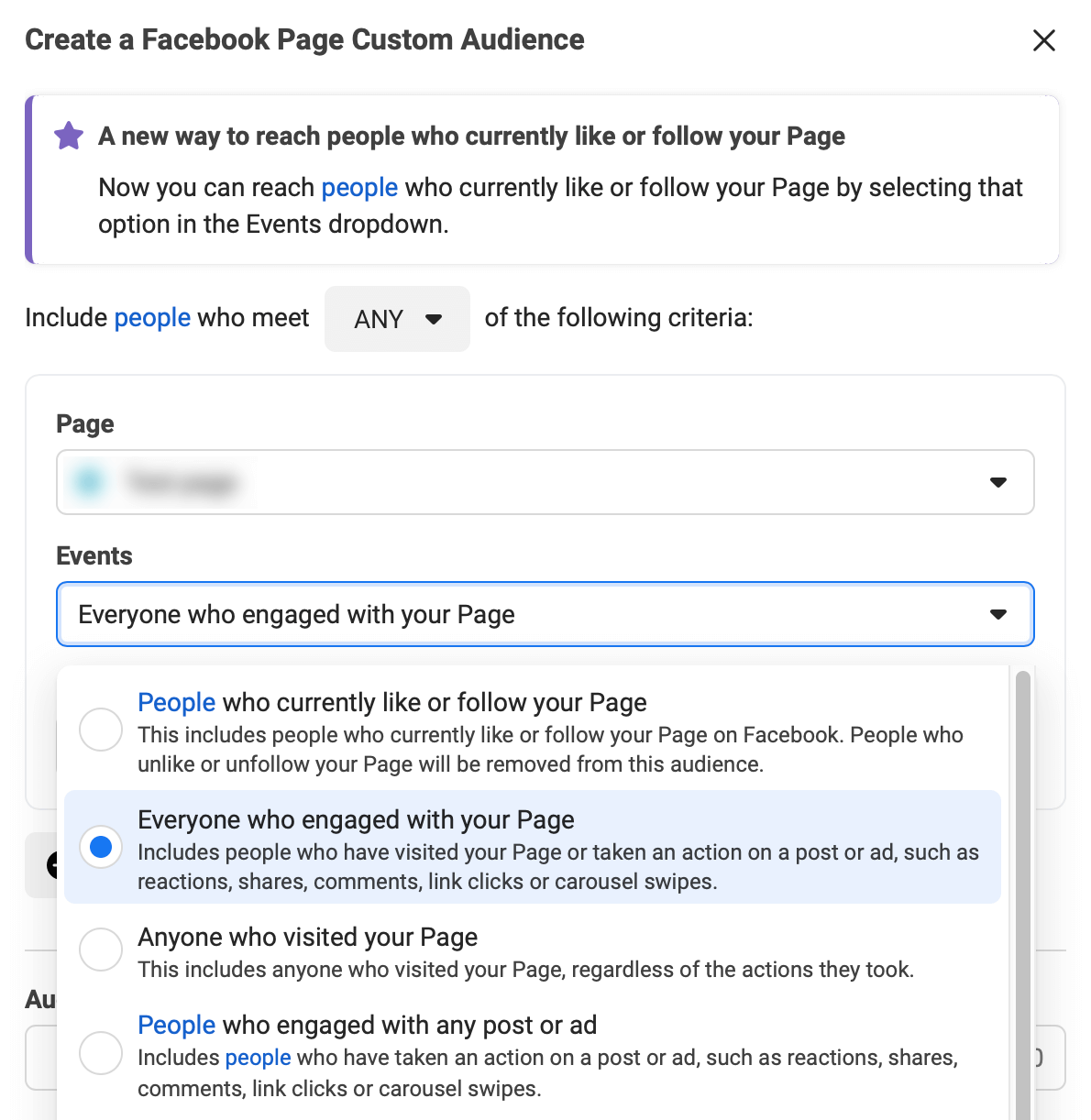
Now let’s look at how you can reduce your Facebook ad spend without impacting performance.
#1: Rethink How You Use Facebook Ads
Because we no longer have the luxury of being able to freely track Facebook’s users across our platforms and websites, we have to use the first-party data available to us through Facebook (that is, the data that Facebook stores and tracks on its own platform) more creatively to our advantage.
This might mean running brand awareness campaigns to get more eyes on some of your best posts. You spend so much time creating amazing content with stellar visuals, videos, and copy, but getting it in front of eyes can be a challenge when there’s so much competition for that user’s news feed. A brand awareness campaign to show off those videos or blog posts can make a huge difference in raising their awareness about your business and what you can do for them.
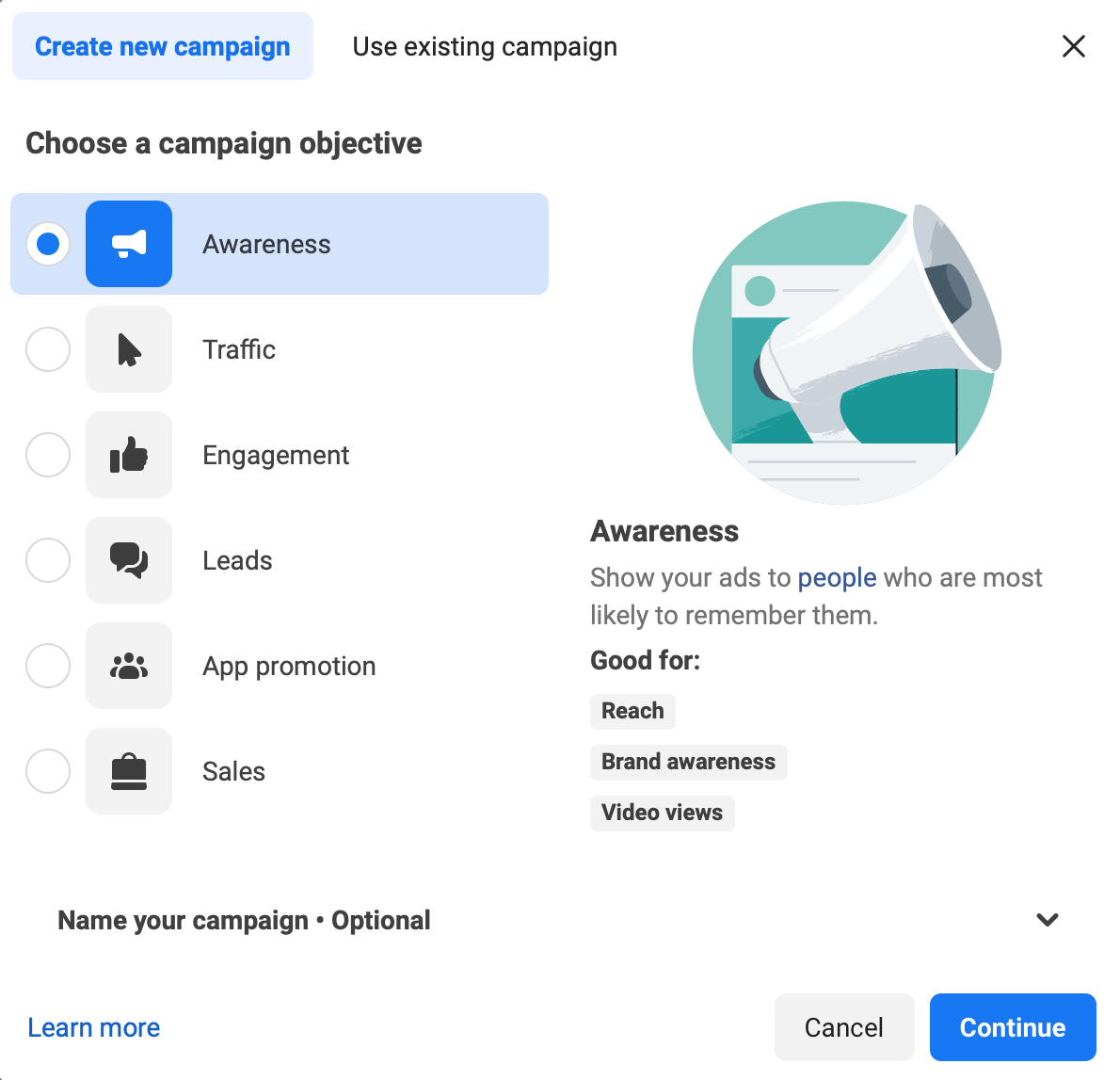
You also might want to run engagement campaigns designed to get more people interacting with your page and your organic posts.
In either scenario, through first-party data, you’re providing Facebook with more tools that you can use in future ad targeting.
#2: Look for Holes in Your Current Marketing Strategy
If you’re losing people, where are you losing them in your campaign? Facebook can track people on the platform, but when it comes to your landing pages or your websites, it can’t track those people very well anymore. This has affected Facebook’s ability to properly report conversions and build lookalike audiences, both of which required third-party data from your website or landing page.
Of course, there are other tools to help you fill in these knowledge gaps. Facebook can track anything people do across its platform, which means the attached metrics such as click-through rate and cost per click are accurate.
Get World-Class Marketing Training — All Year Long!
Are you facing doubt, uncertainty, or overwhelm? The Social Media Marketing Society can help.
Each month, you’ll receive training from trusted marketing experts, covering everything from AI to organic social marketing. When you join, you’ll also get immediate access to:
- A library of 100+ marketing trainings
- A community of like-minded marketers
- Monthly online community meetups
- Relevant news and trends updates
The only thing Facebook has lost is what happens on your website after someone clicks a link. Facebook can’t always report whether that person ended up converting. But you can use a tool like Google Analytics to help track what happens on your website and determine your conversion rates. UTM link parameters will help you track which platform leads to more qualified conversions.
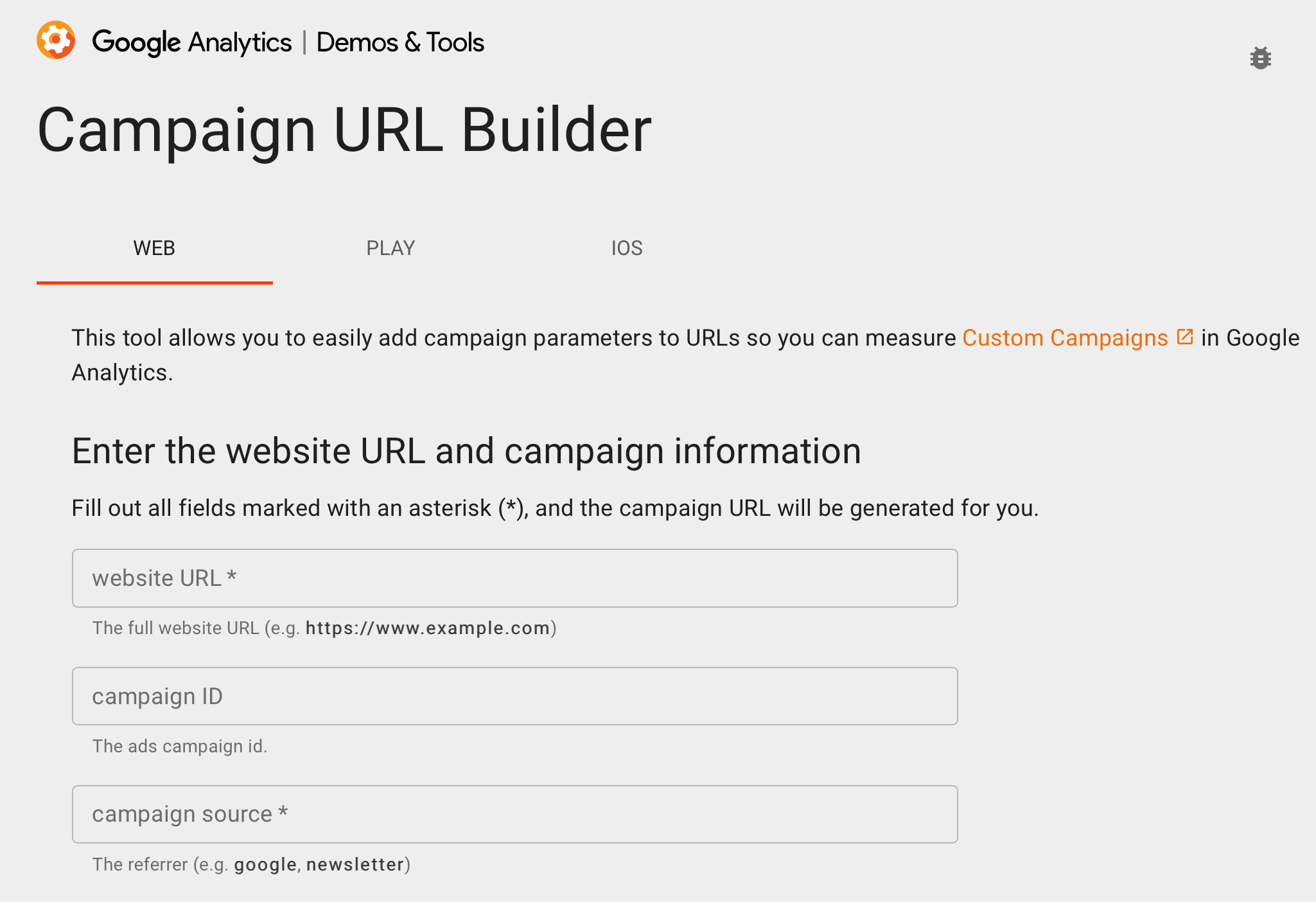
Many businesses would also benefit from tweaking the way they run their lead generation. For example, if you’ve been running webinars for the past several years and those ad costs are starting to climb, you may find it beneficial to run brand awareness ads, engagement ads, and the occasional ad to your free PDF guide. Then on the thank-you page for the guide, place the invitation to your webinar.
The ask for someone to download a free guide is a smaller commitment than the ask to have someone watch or attend a webinar. Therefore, someone needs to see your brand a little bit more before they’ll commit to watching that webinar. Running brand awareness ads instead, along with a lead generation ad to download your PDF guide with the webinar invitation on the thank-you page of that guide, can help drive your ad costs back down and still get results.
#3: Refresh Your Facebook Ad Creative at Least Once a Month
One of the first things you can do when you start to see your ad costs climb is to refresh your ad creative. In other words, replace the image with a fresher version. The Facebook algorithm tends to favor new items over older items, and fresh creative will also stand out in people’s news feeds as a new image.
The mistake many businesses and marketers make when it comes to strategy is that they wait too long before creating new imagery. Many brands wait until the ad costs have already started climbing before they visit their ad and start designing the new imagery, testing the new imagery, and finally replacing the old imagery in the ad. This can mean that ad costs will go up much higher than they needed to.
Instead, have the new imagery already designed and ready to go or have it already running in another test. Once you see your ad costs start to increase, it’s much easier to switch out the ad sets for the new image.
For most ads, you’ll want to examine and refresh the creative about once a month. For ads running on a higher budget, you might think about refreshing that creative a little more often.

Discover Proven Marketing Strategies and Tips
Want to go even deeper with your marketing? Check out the Social Media Marketing Podcast! Publishing weekly since 2012, the Social Media Marketing Podcast helps you navigate the constantly changing marketing jungle, with expert interviews from marketing pros.
But don’t let the name fool you. This show is about a lot more than just social media marketing. With over 600 episodes and millions of downloads each year, this show has been a trusted source for marketers for well over a decade.
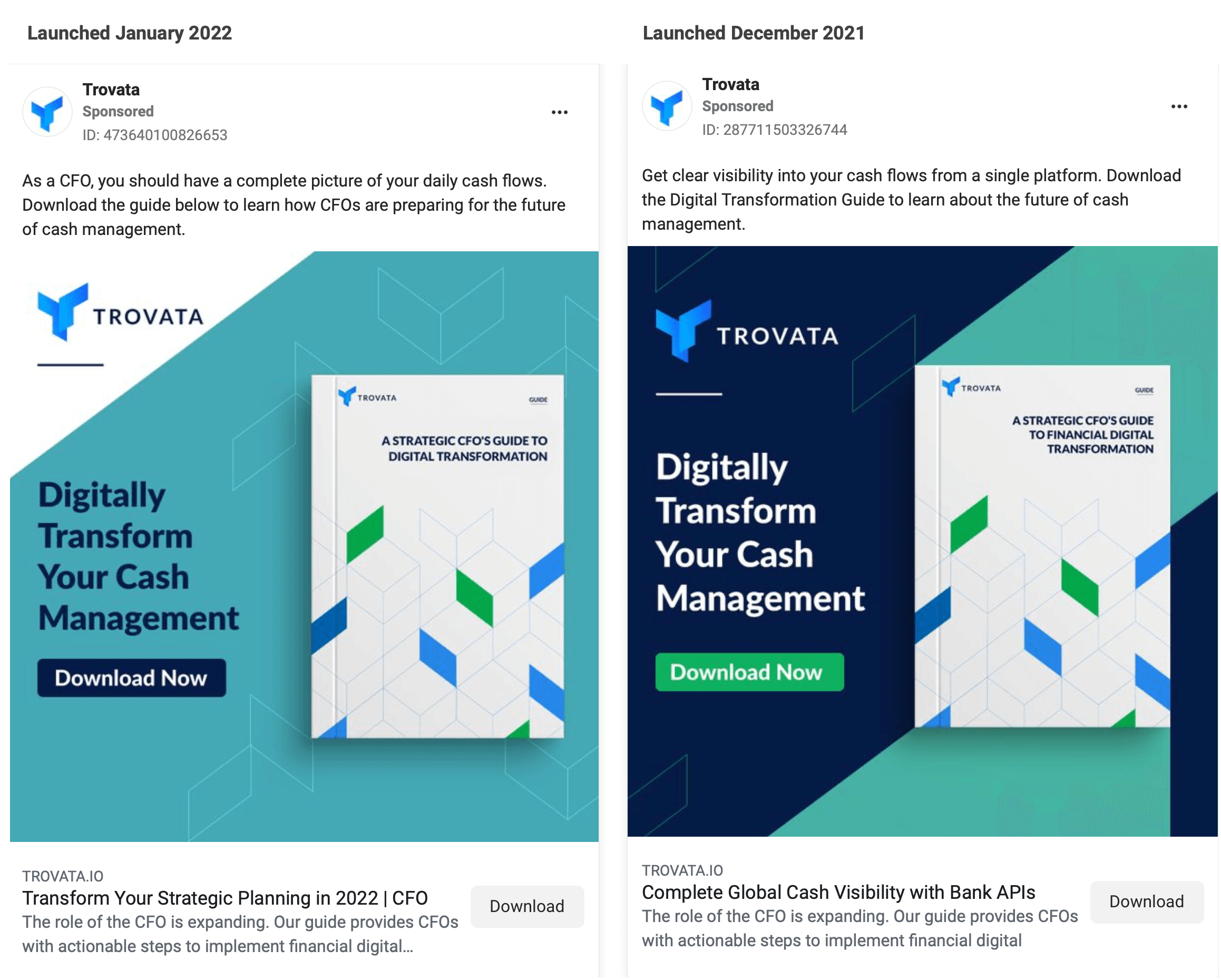
Of course, if everything looks as though it’s running very well when you examine your ads, conversions are optimized, delivery is high at a fairly low cost, then you probably won’t want to touch anything at that time. However, it would still be a good idea to examine your ads and have new creative at the ready and tested. As you know by now, nothing in social media ever stays the same for long, and as more months go by, that ad may begin to decline in performance.
If ad costs continue to climb even after you’ve refreshed the creative, you may need to circle back around to your messaging. Make sure that you’ve dialed into your brand and the audience you serve and that the Facebook ad copy and content are high quality.
As consumers become more sophisticated, the value that we as marketers need to offer to gain their attention also needs to become more sophisticated. Nowadays, offering a simple checklist isn’t necessarily enough to grab their attention.
And if you’re finding that’s the case, then revisit your offer and try to determine whether your audience would purchase it if it had a price tag. Many businesses are having better luck at driving their ad costs down by offering higher-level freebies. Chances are, if your guide is so good that some people would be willing to pay money for it, then it’ll perform well for lead generation ads.
Images or Video for Facebook Ads?
Another question that comes up often is which is better for ads: images or videos? The truth is, it depends on your business, product or service, and audience. Some businesses tend to do better using images in their ads while others have more success using videos.
We recommend continuous testing with your audience to see which format works better. And you can also test between formats. For example, you can test a typical landscape video versus a more organic video such as an Instagram reel that you download and repurpose.
Just don’t forget that if you download your Instagram reel to repurpose it as an ad, the music will be removed and you’ll need to find some royalty-free music you can use for commercial purposes.
#4: Test 4 Facebook Ad Campaign Components
Businesses and marketers should be testing the usual suspects: headline copy, imagery, and format. You can also test for things like emojis within your copy. In an era where people are becoming more aware of the ads all around them and have started tuning those ads out, sometimes more casual, conversational copy can feel more approachable and organic.
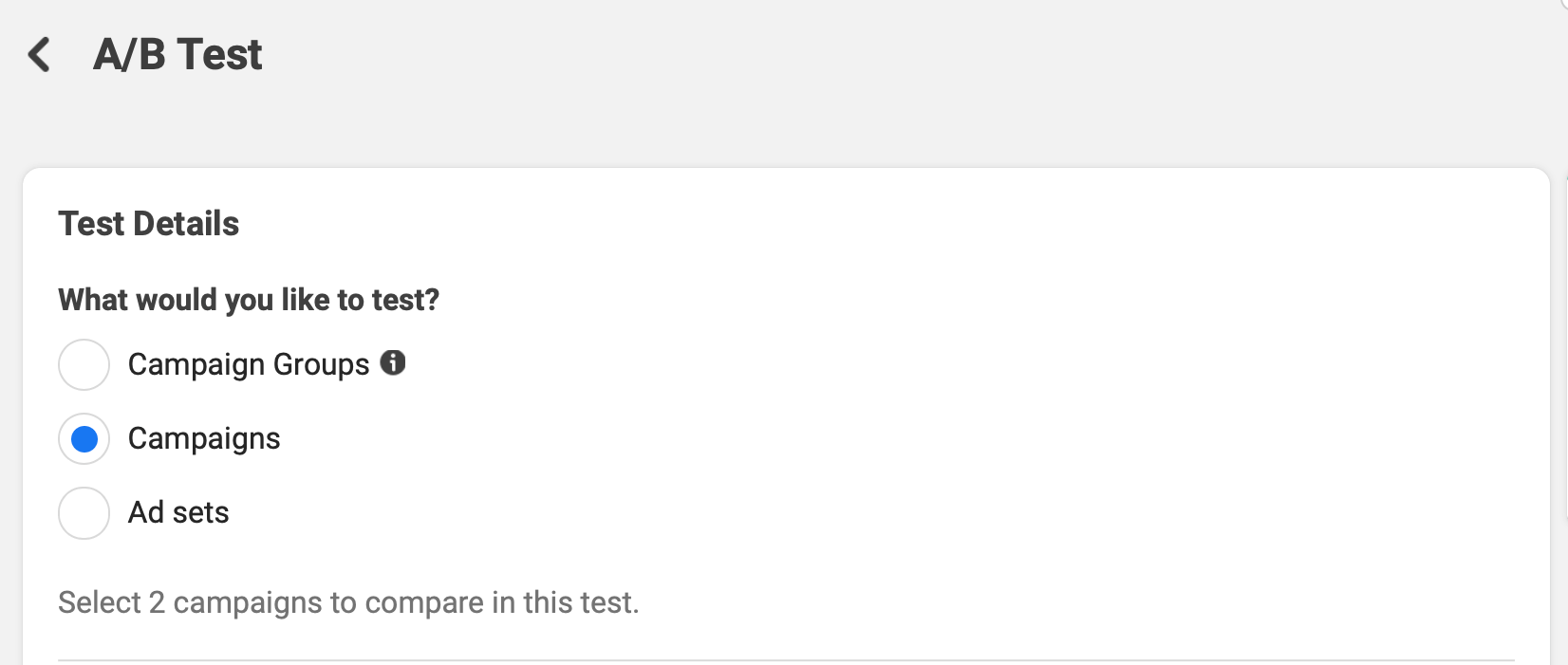
In addition to these basic tests, several other factors may affect your ad costs.
Dynamic Ads
You may want to test Facebook’s dynamic ads versus your own pre-written ads. Facebook’s dynamic ads allow you to create several versions of each component within your ad—the headline copy and imagery—and then Facebook will choose how to display them dynamically depending on the audience member, with the goal being to create the combination most likely to compel that person to click.
Campaign Budget Optimization
It may also be beneficial for you to test your campaign budget optimization. Campaign budget optimization is a feature that Facebook was pushing for a long time in which you would allow Facebook (or rather, Facebook’s algorithm) to choose how to split up your budget for your ad campaign. As your campaigns begin gathering data, you might want to monitor and make changes to your budget, choosing which ad to put your money behind.
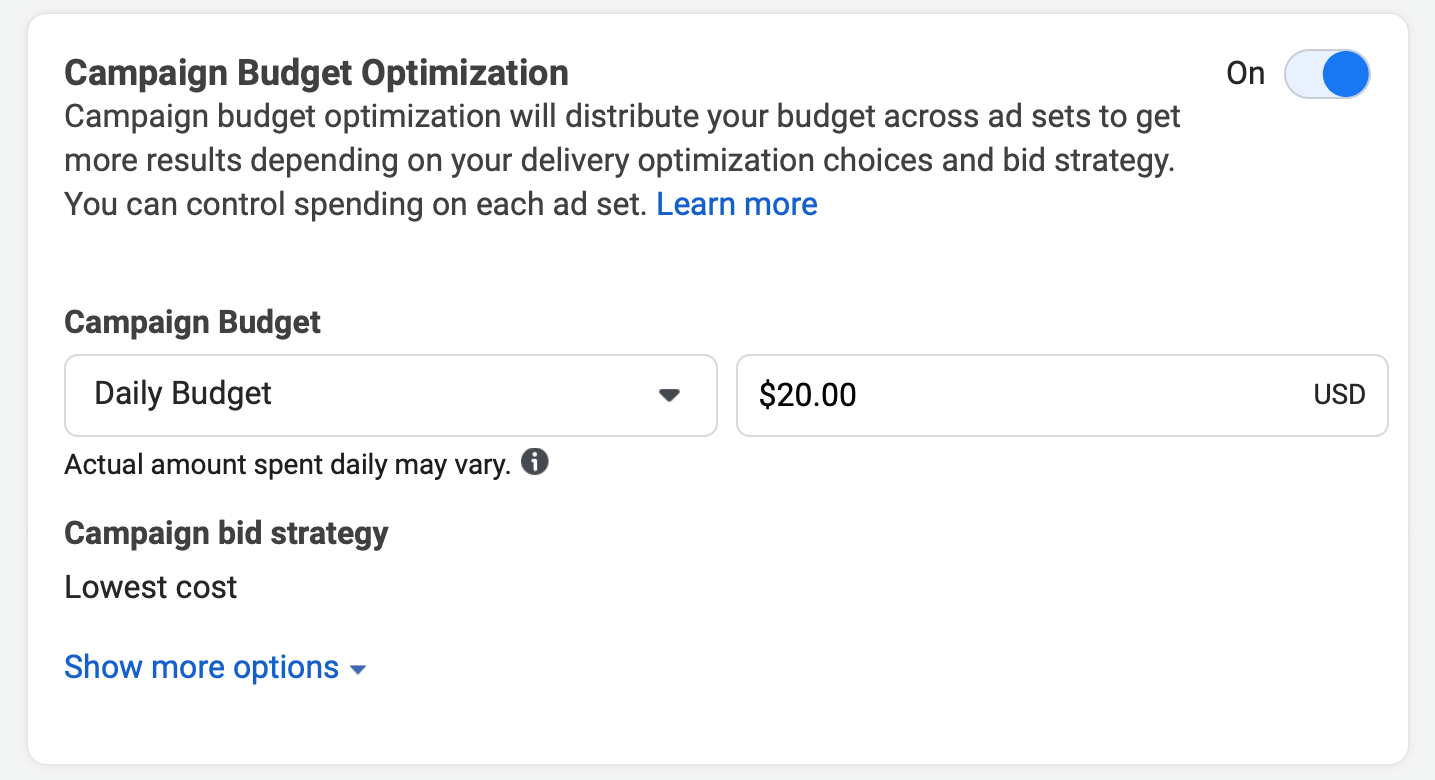
Placements
You may want to test automatic vs. manual placements as well. With automatic placements, Facebook will determine and distribute your ad into various spots. Facebook will again use its algorithm to try to determine which spots would help your ad perform the best. You may find that manually placing your ads based on where you think they’ll perform better or make the most sense for your message may be a better option.
Audiences
You should also test different audiences using the tools provided by Facebook. Many lookalike audience features have been restrained because of the changing privacy laws, but Facebook still has powerful retargeting tools at its disposal. You can build and test several custom audiences to determine which ones respond to your ads the best.
Emily Hirsh is a digital marketing strategist. Her company is Hirsh Marketing, an agency that helps educators increase their sales with paid acquisition. She’s also host of the Not for Lazy Marketers podcast and her course is called Market Like a Pro. Connect with Emily via her company website or social media accounts.
Other Notes From This Episode
- Episode sponsored by The Blogging Millionaire podcast. Listen and follow for actionable SEO and traffic-building tips.
- Learn more about Social Media Marketing World 2022 at SocialMediaMarketingWorld.info.
- Connect with Michael Stelzner at @Stelzner on Instagram.
- Watch exclusive content and original videos from Social Media Examiner on YouTube.
- Tune into our weekly Social Media Marketing Talk Show. Watch live on Fridays at noon Pacific on YouTube. Listen to the replay on Apple Podcasts or Google Podcasts.
Listen to the Podcast Now
This article is sourced from the Social Media Marketing Podcast, a top marketing podcast. Listen or subscribe below.
Where to subscribe: Apple Podcasts | Spotify | YouTube Music | YouTube | Amazon Music | RSS
✋🏽 If you enjoyed this episode of the Social Media Marketing podcast, please head over to Apple Podcasts, leave a rating, write a review, and subscribe.
Stay Up-to-Date: Get New Marketing Articles Delivered to You!
Don't miss out on upcoming social media marketing insights and strategies! Sign up to receive notifications when we publish new articles on Social Media Examiner. Our expertly crafted content will help you stay ahead of the curve and drive results for your business. Click the link below to sign up now and receive our annual report!
Attention Agency Owners, Brand Marketers, and Consultants

Introducing the Marketing Agency Show–our newest podcast designed to explore the struggles of agency marketers.
Join show host and agency owner, Brooke Sellas, as she interviews agency marketers and digs deep into their biggest challenges. Explore topics like navigating rough economic times, leveraging AI, service diversification, client acquisition, and much more.
Just pull up your favorite podcast app, search for Marketing Agency Show and start listening. Or click the button below for more information.

